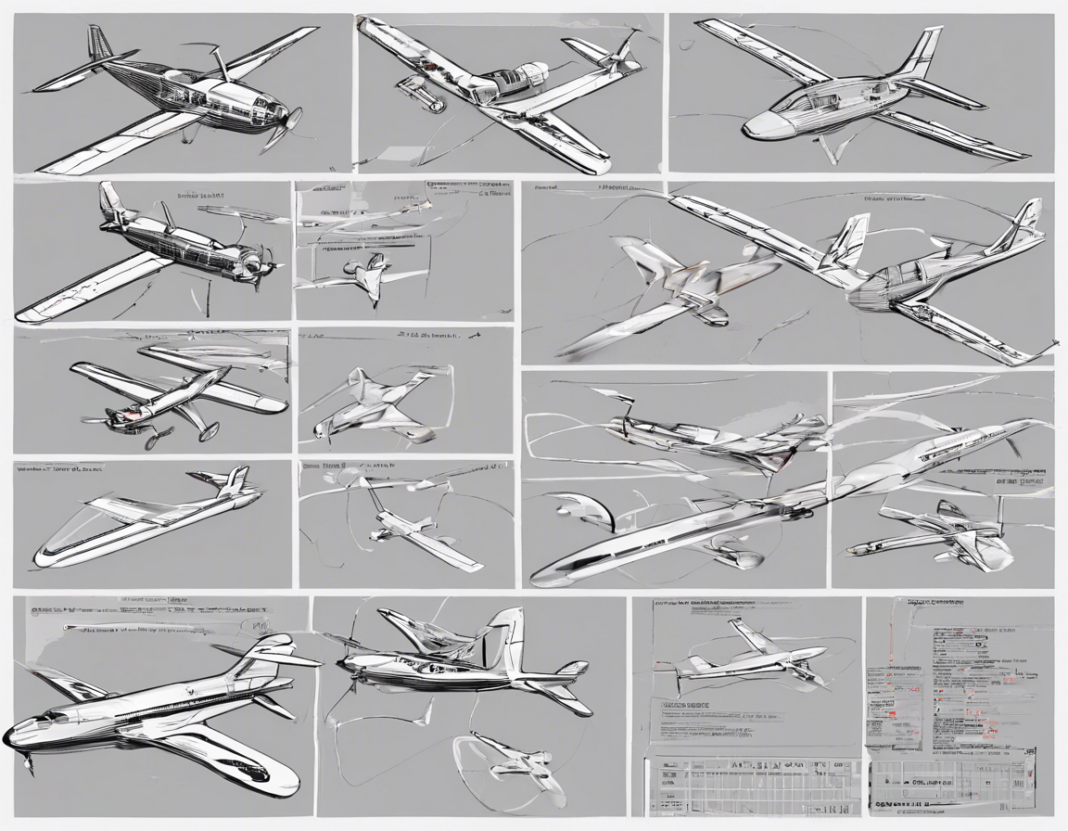Motion in two dimensions is a fundamental concept in physics that involves the analysis of objects moving in both the horizontal and vertical directions simultaneously. This type of motion can be described using equations of motion, vectors, and projectile motion principles. Understanding motion in two dimensions is crucial for various fields such as physics, engineering, and even sports. In this comprehensive guide, we will delve into the intricacies of motion in two dimensions, examining key concepts, equations, and applications.
Understanding Motion in Two Dimensions
When an object moves in two dimensions, its motion can be broken down into horizontal and vertical components. By treating these components separately, we can analyze the motion more effectively. The position of an object in two dimensions is described using both x and y coordinates, while its velocity and acceleration have both horizontal and vertical components.
Equations of Motion in Two Dimensions
In two-dimensional motion, we can utilize the equations of motion to describe the object’s position, velocity, and acceleration. The key equations to remember are:
- Displacement: The change in position of an object in two dimensions can be calculated using the equation
Δr = r_final – r_initial
- Velocity: The velocity of an object in two dimensions is given by
v = Δr / Δt
- Acceleration: The acceleration in two dimensions can be calculated using
a = Δv / Δt
Vector Representation of Motion
Vectors are essential in describing motion in two dimensions because they not only indicate the magnitude of a quantity but also its direction. In vector notation, the position, velocity, and acceleration of an object can be represented as:
- Position Vector: r = xi + yj
- Velocity Vector: v = v_xi + v_yj
- Acceleration Vector: a = a_xi + a_yj
Here, i and j are unit vectors in the x and y directions, respectively.
Projectile Motion
One of the most common examples of motion in two dimensions is projectile motion. This occurs when an object is launched into the air and moves along a curved path under the influence of gravity. During projectile motion, the object has a constant horizontal velocity and a vertical acceleration due to gravity. The key characteristics of projectile motion include:
- The object follows a curved path known as a trajectory.
- The horizontal component of velocity remains constant throughout the motion.
- The vertical component of velocity changes due to the acceleration from gravity.
Applications of Motion in Two Dimensions
Motion in two dimensions has various real-world applications across different fields. Some notable examples include:
- Projectile motion in sports such as baseball, basketball, and golf.
- Motion of vehicles on roads and highways.
- Motion of celestial bodies in astronomy.
- Motion of particles in physics experiments.
Understanding motion in two dimensions is essential for predicting the behavior of moving objects accurately and optimizing various processes.
Frequently Asked Questions (FAQs)
- What is the difference between motion in one dimension and motion in two dimensions?
-
In one-dimensional motion, objects move along a straight line, while in two-dimensional motion, objects move in both horizontal and vertical directions simultaneously.
-
How do you analyze motion in two dimensions using vectors?
-
Vectors are used to represent the position, velocity, and acceleration of objects in two dimensions, incorporating both magnitude and direction.
-
What are the key equations of motion in two dimensions?
-
The key equations include displacement=velocity*time and acceleration=change in velocity/time.
-
What are some common examples of projectile motion in everyday life?
-
Projectile motion can be observed in activities like throwing a ball, shooting a basketball, or launching a rocket.
-
How does air resistance affect motion in two dimensions?
- Air resistance can impact the trajectory and speed of an object in two dimensions, leading to deviations from ideal projectile motion.
By mastering the principles of motion in two dimensions, we can unravel the complexities of objects moving through space and accurately predict their behavior in various scenarios. Whether tracking a baseball’s trajectory or analyzing the motion of celestial bodies, the concepts of motion in two dimensions play a pivotal role in understanding the physical world around us.

